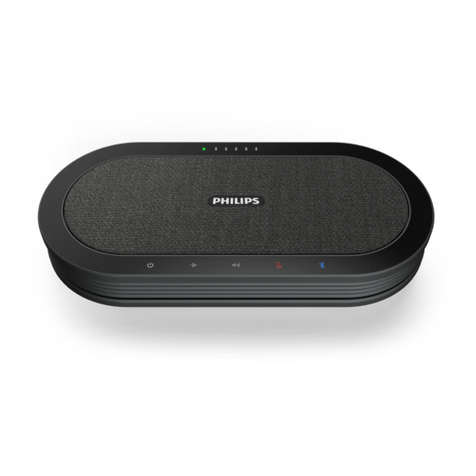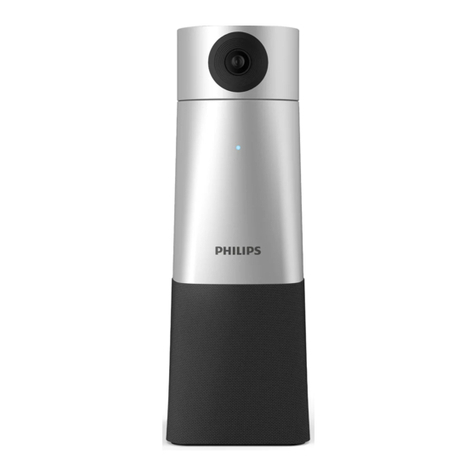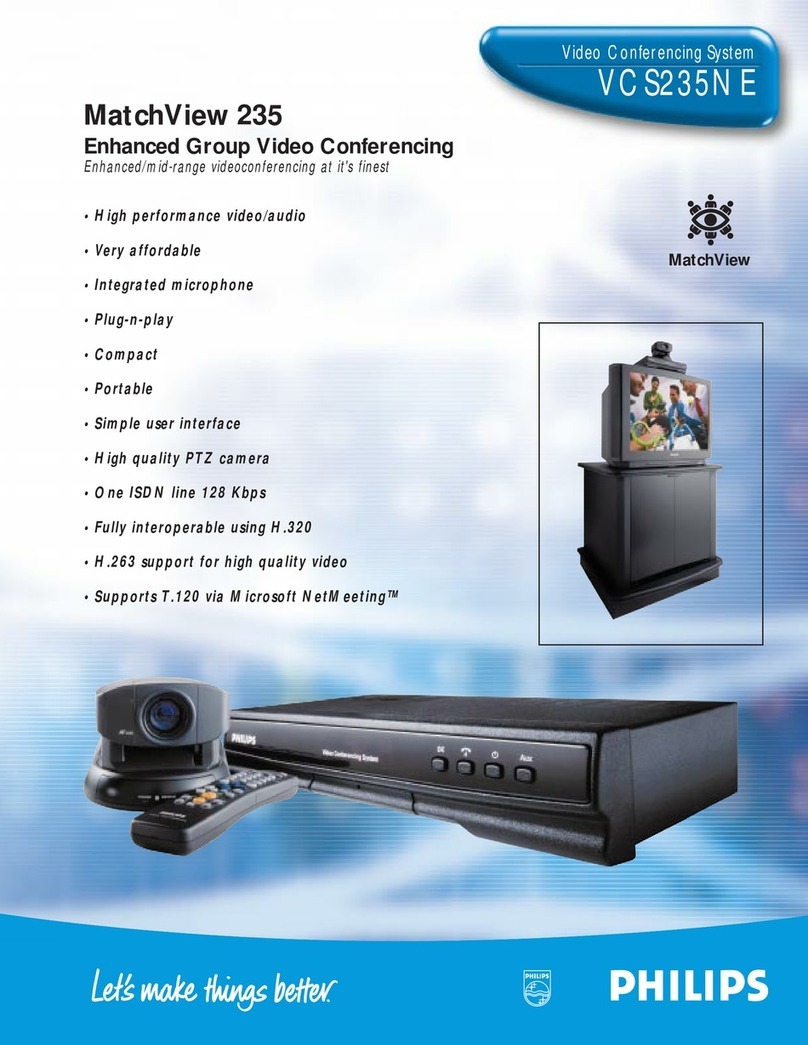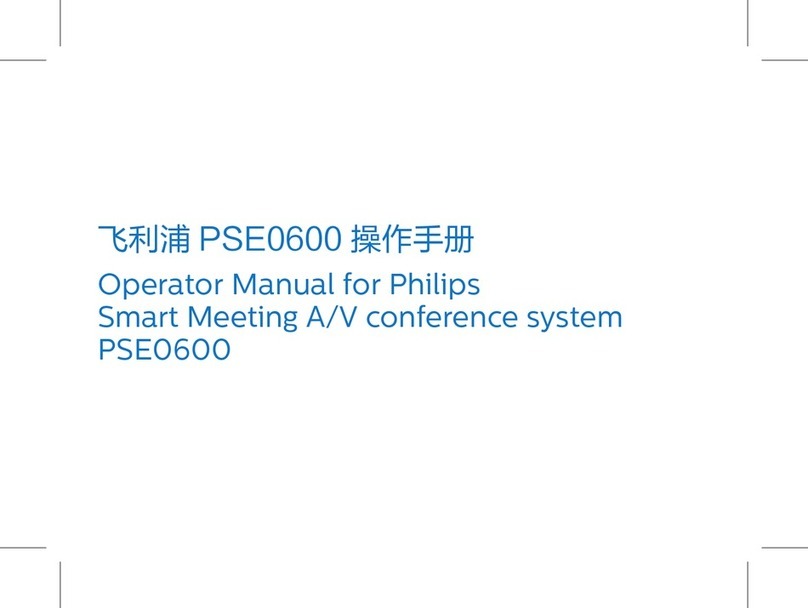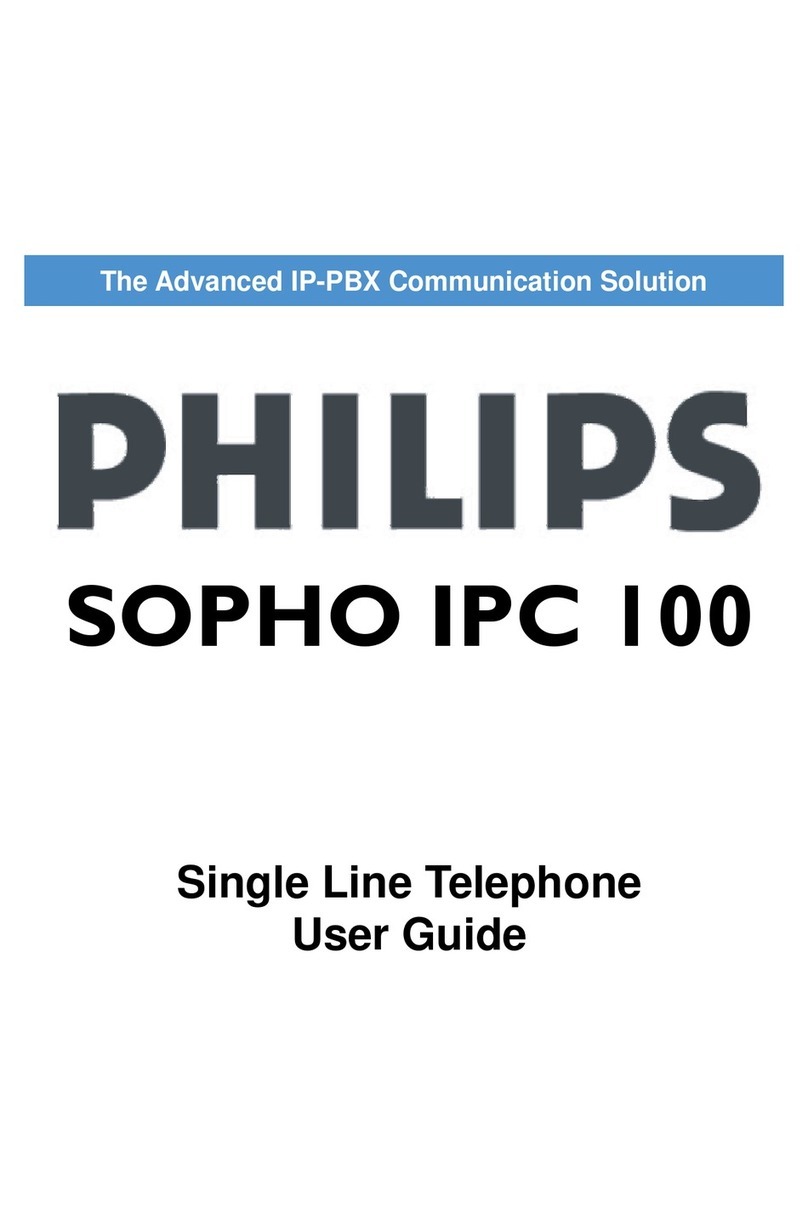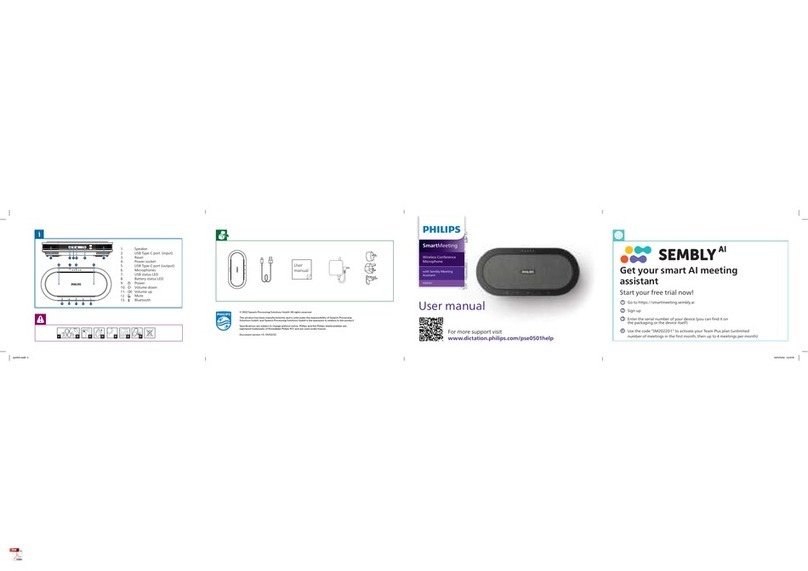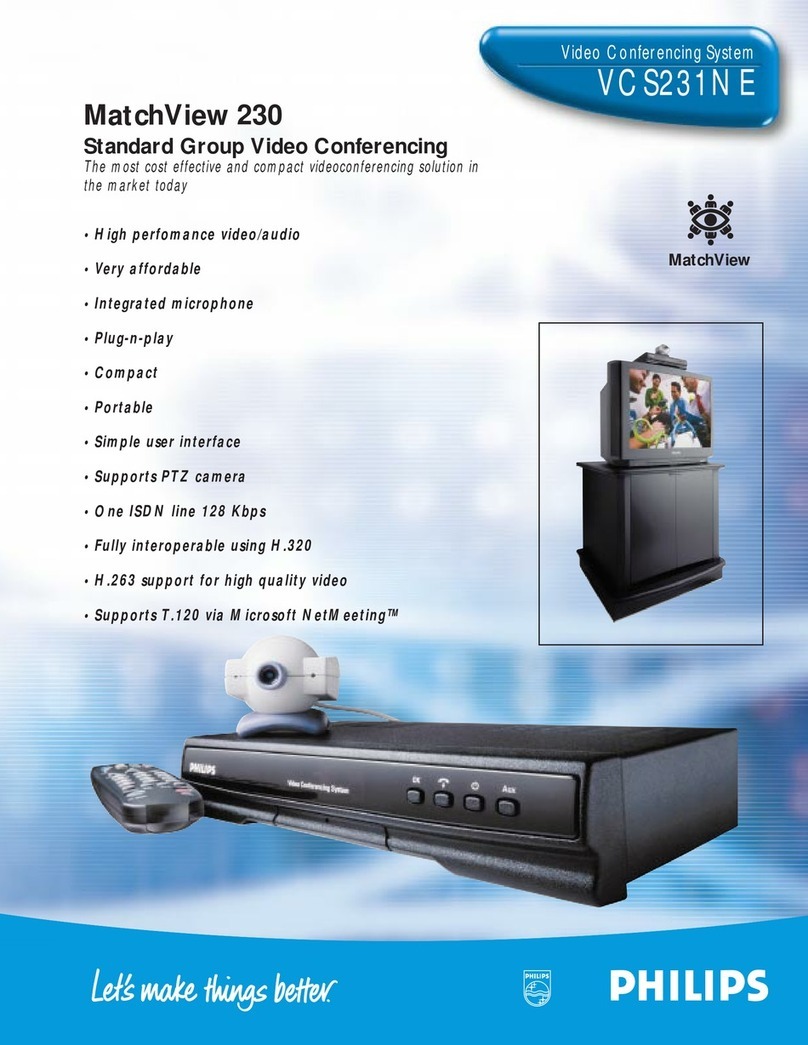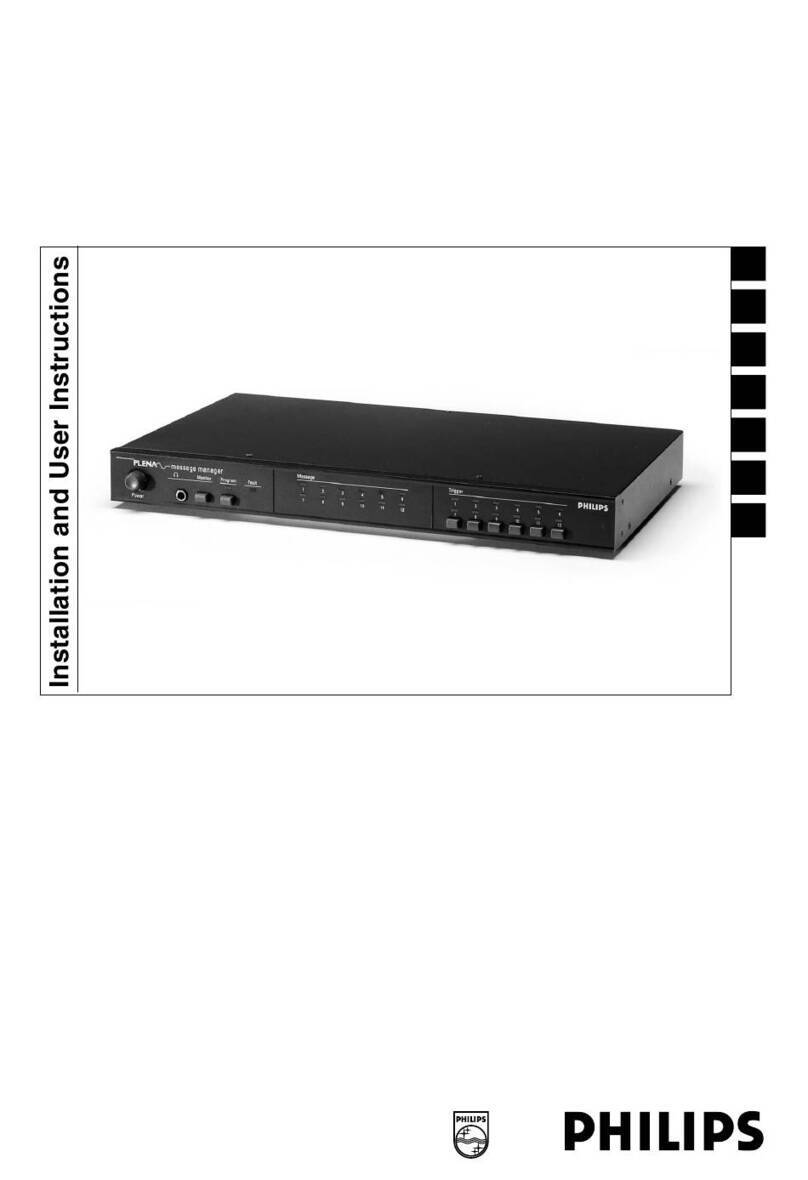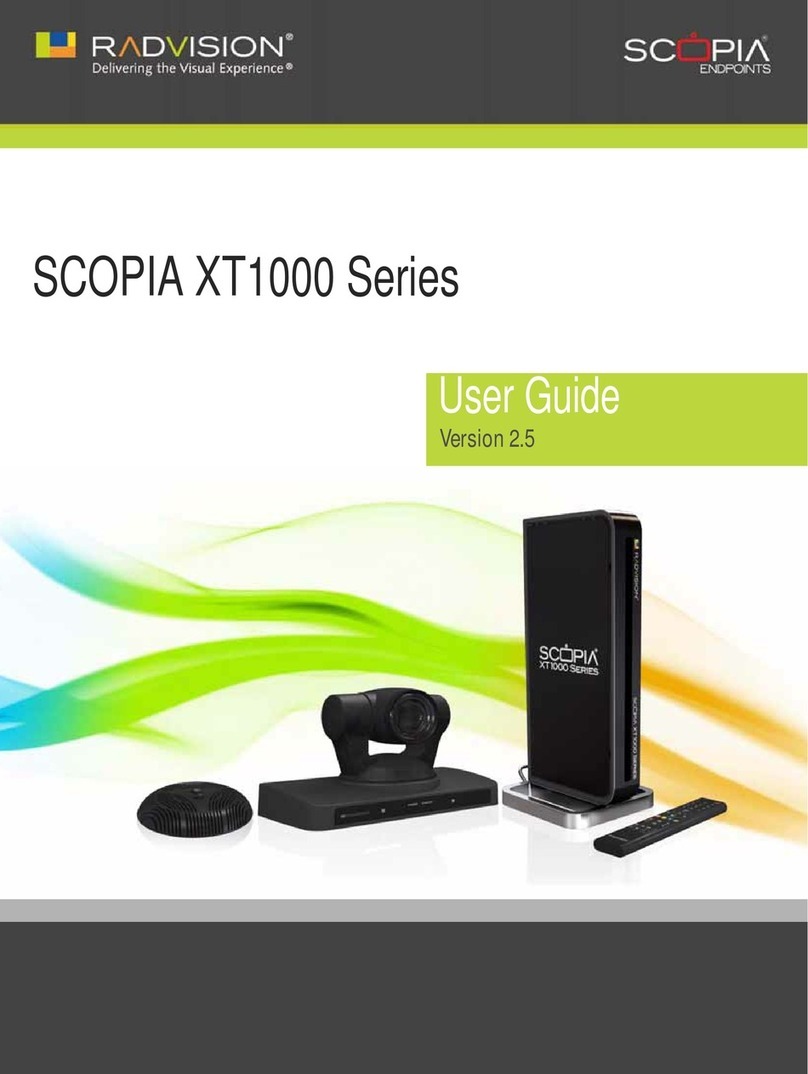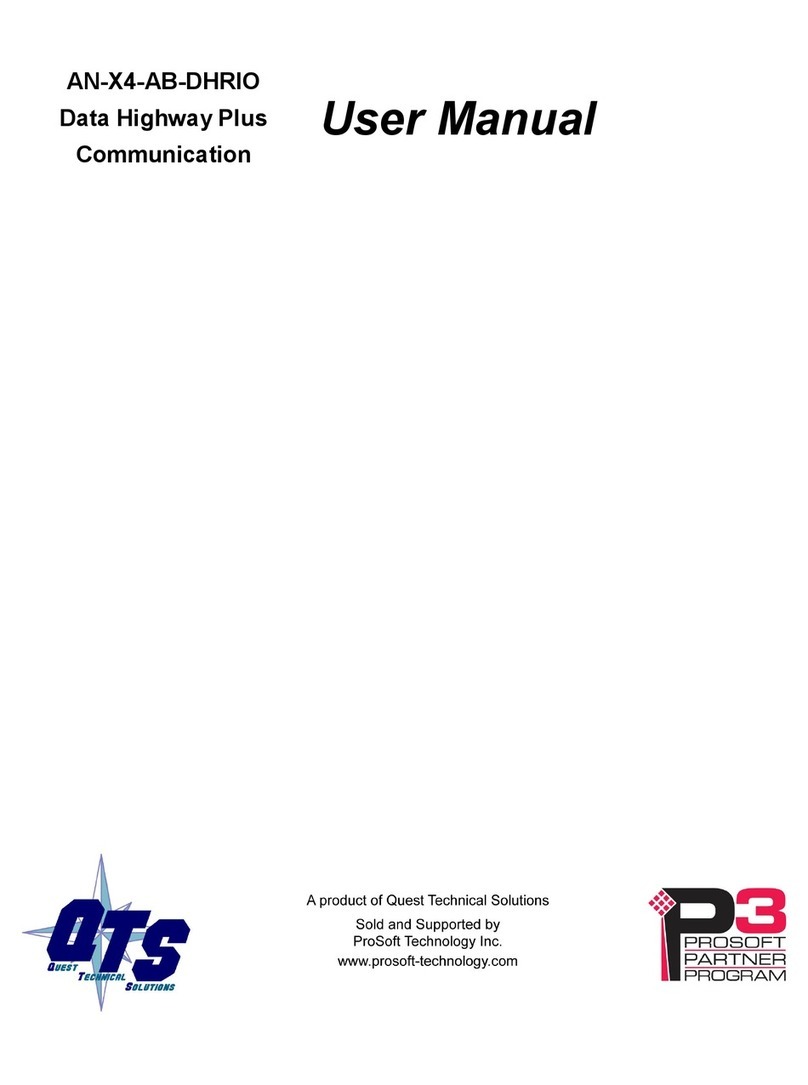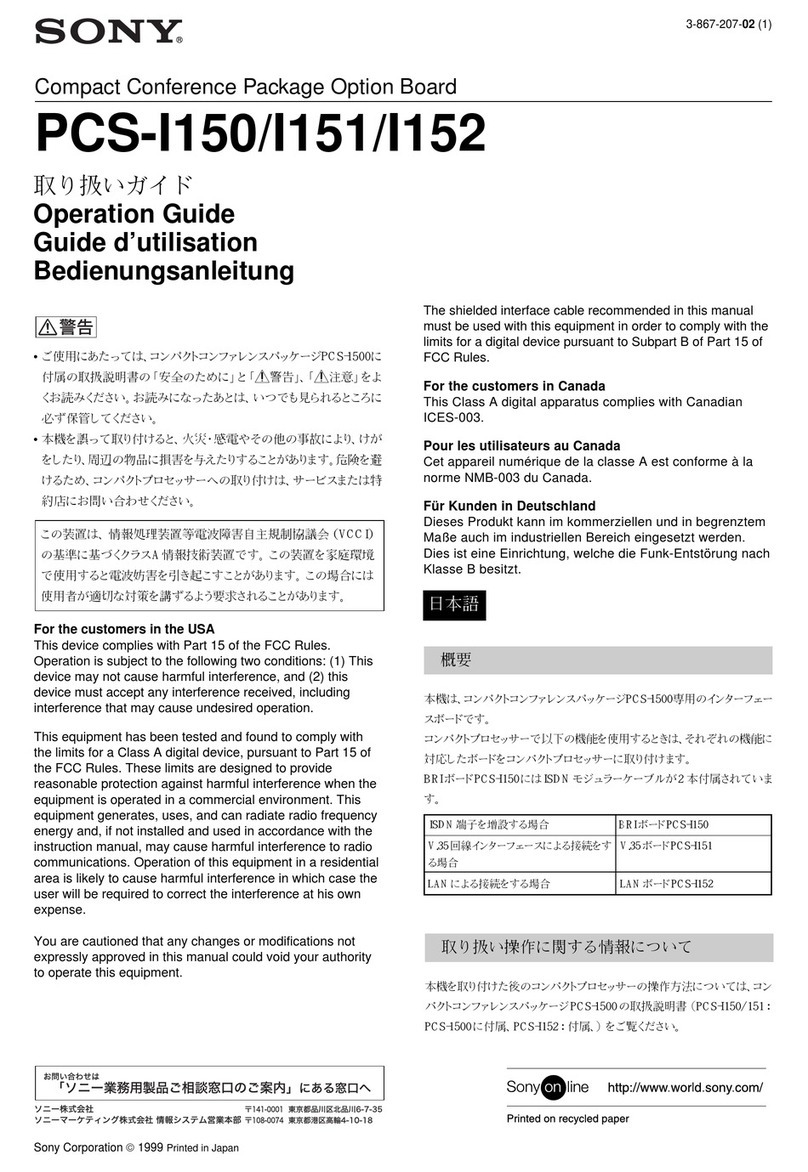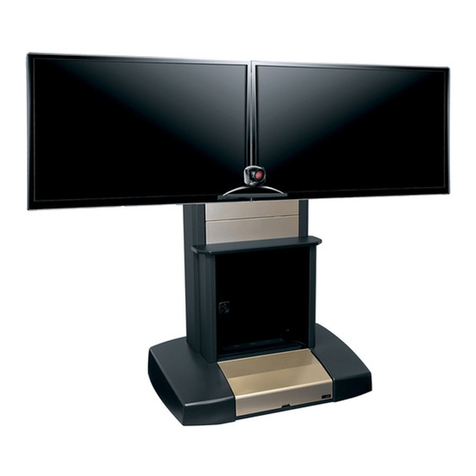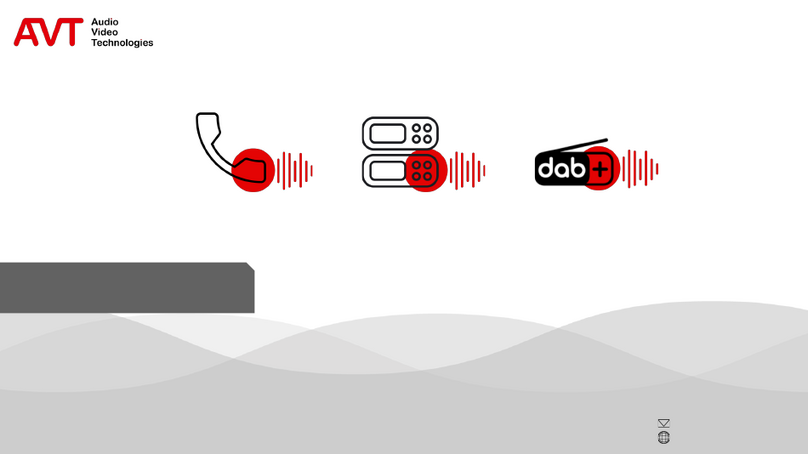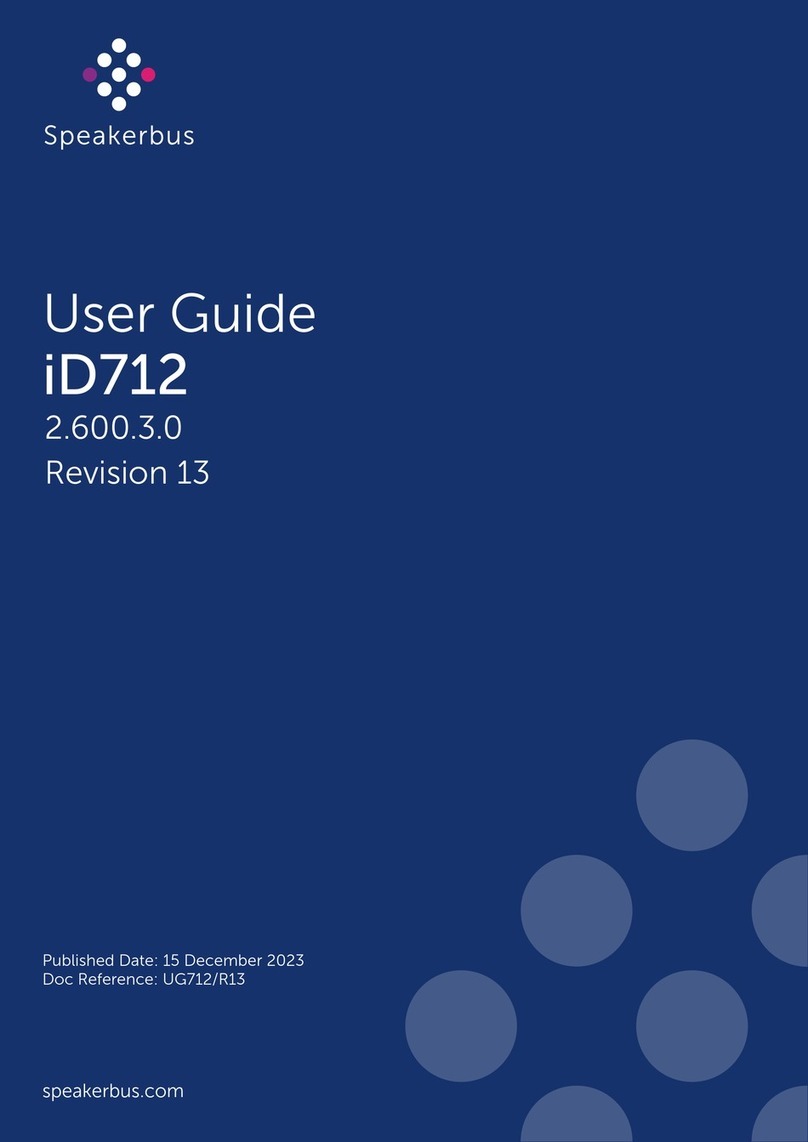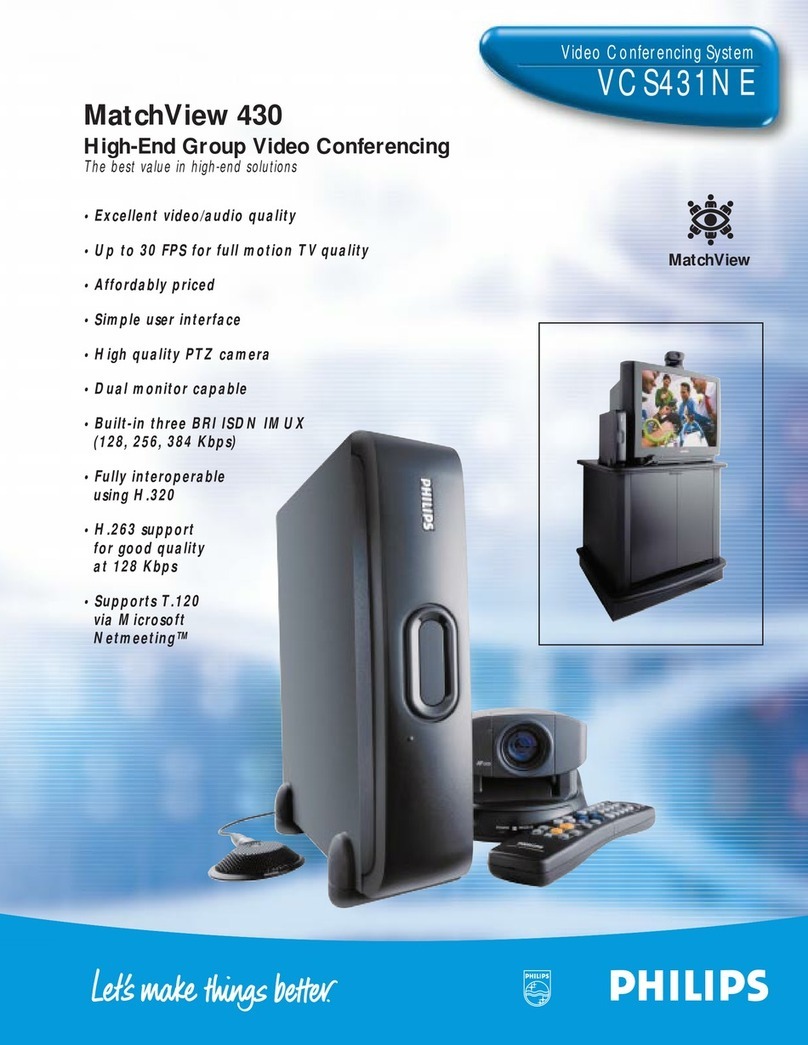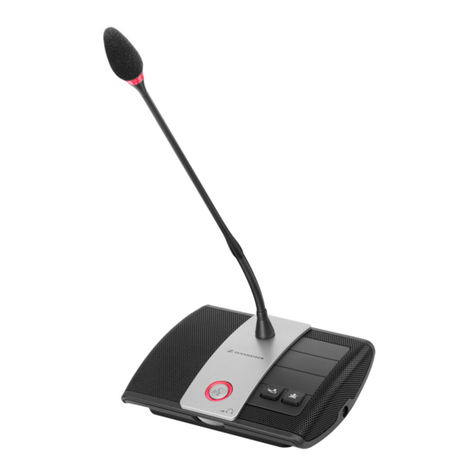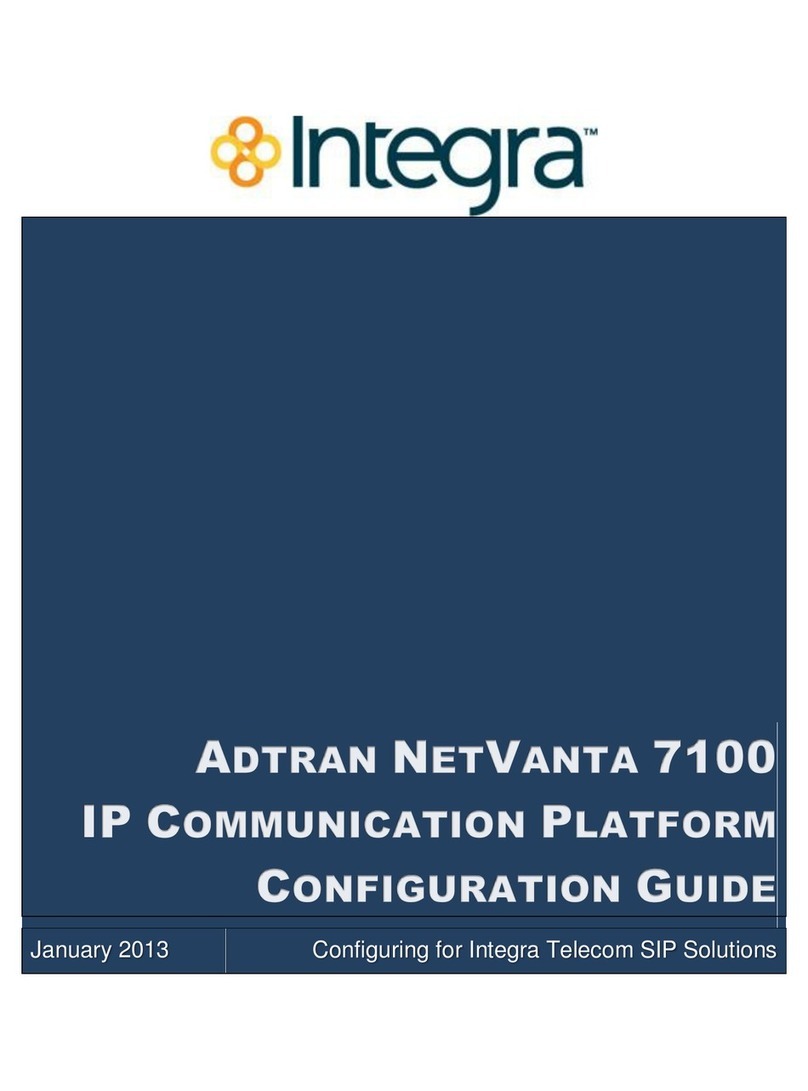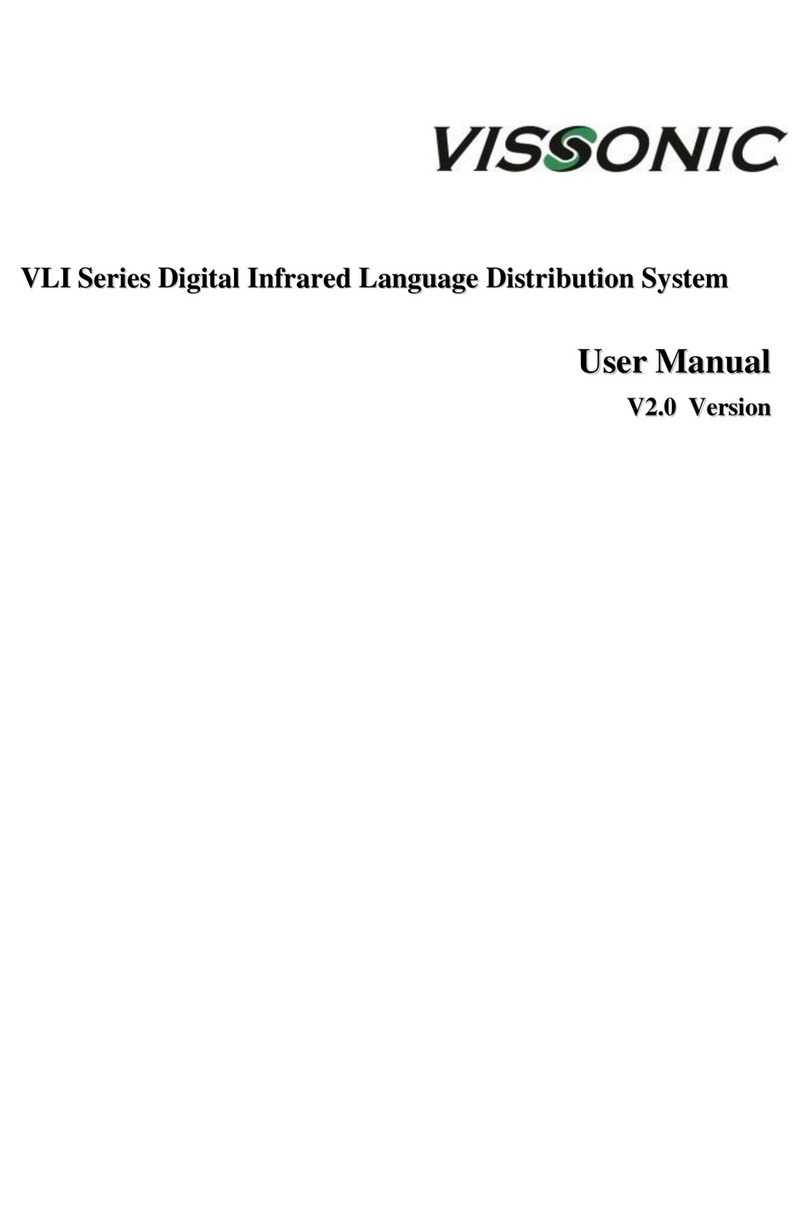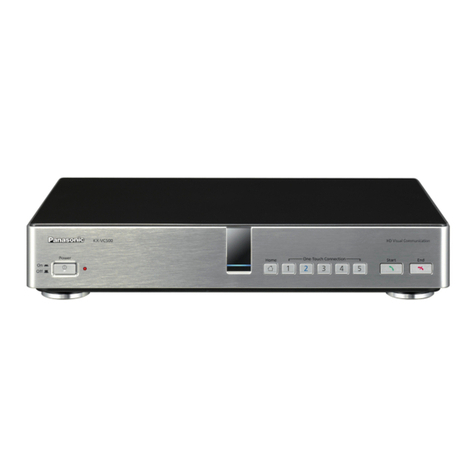1. Read instructions - All the safety
instructions and Instructions for use
should be read before the system is
operated.
2. Retain instructions - The safety instruc-
tions and instructions for use should
be retained for future reference.
3. Heed warnings - All warnings on the
unit and in the operating
instructions should be adhered to.
4. Follow instructions - All operating
instructions and instructions for use
should be followed.
5. Cleaning - Unplug system units from
the mains outlet before cleaning.
Do not use liquid cleaners or aerosol
cleaners. Use a damp cloth for
cleaning.
6. Attachments - Do not use attachments
not recommended by the product
manufacturer as they may cause
hazards.
7. Water and Moisture - Do not use this
unit near water, for example near a
bath tub, wash bowl, kitchen sink, or
laundry tub, in a wet basement, near
a swimming pool, in an unprotected
outdoor installation, or any area
which is classified as a wet location.
8. Accessories - Do not place this unit
on an unstable stand, tripod, bracket,
or mount. The unit may fall, causing
serious injury to a person and serious
damage to the unit. Use only with a
stand, tripod, bracket, or mount
recommended by the manufacturer,
or sold with the product. Any
mounting of the unit should follow
the manufacturer's instructions, and
should use a mounting accessory
recommended by the manufacturer.
An appliance and cart combination
should be moved with care. Quick
stops, excessive force, and uneven
surfaces may cause the appliance and
cart combination to overturn.
9. Ventilation - Openings in the
enclosure, if any, are provided for
ventilation and to ensure reliable
operation of the unit and to protect
it from overheating. These openings
must not be blocked or covered.
The unit should not be placed in a
built-in installation unless proper
ventilation is provided or the
manufacturers instructions have been
adhered to.
10. Power sources - Units should be
operated only from the type of power
source indicated on the marking
label. If you are not sure of the type
of power supply you plan to use,
consult your appliance dealer or local
power company. For units intended
to operate from battery power, or
other sources, refer to the
"Instructions For Use".
11. Grounding or polarization -
This unit may be equipped with a
polarized alternating current line
plug (a plug having one blade wider
than the other). This plug will fit
into the power outlet only one way.
This is a safety feature. If you are
unable to insert the plug fully into
the outlet, try reversing the plug.
If the plug still does not fit, contact
your electrician to replace your
obsolete outlet. Do not defeat the
safety purpose of the polarized plug.
Alternatively, this unit may be
equipped with a 3-wire grounding
IMPORTANT SAFETY INSTRUCTIONS
3
